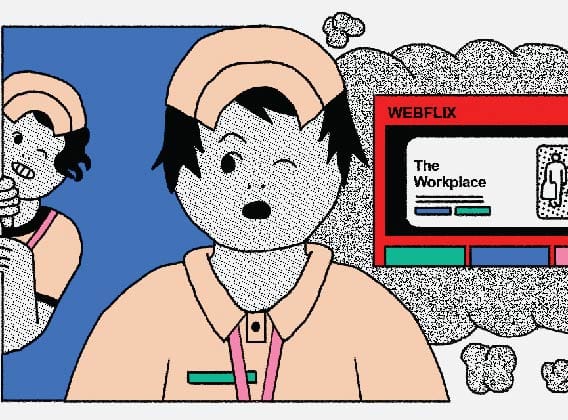
Here's how Planning a Job aligns with curriculum standards in Connecticut. Use the filters to change the location, set of standards, and grade level.
Financial Literacy Standards
9.1: Earning Income
12.1: Compensation for a job or career can be in the form of wages, salaries, commissions, tips, or bonuses, and may also include contributions to employee benefits, such as health insurance, retirement savings plans, and education reimbursement programs.
12.2: In addition to wages and paid benefits, employees may also value intangible (noncash) benefits, such as good working conditions, flexible work hours, telecommuting privileges, and career advancement potential.
12.3: People vary in their opportunity and willingness to incur the present costs of additional training and education in exchange for future benefits, such as earning potential.
12.4: Employers generally pay higher wages or salaries to more educated, skilled, and productive workers than to less educated, skilled, and productive workers.